Home>Garden Essentials>How To Keep Fresh Cut Greenery Alive For A Wedding
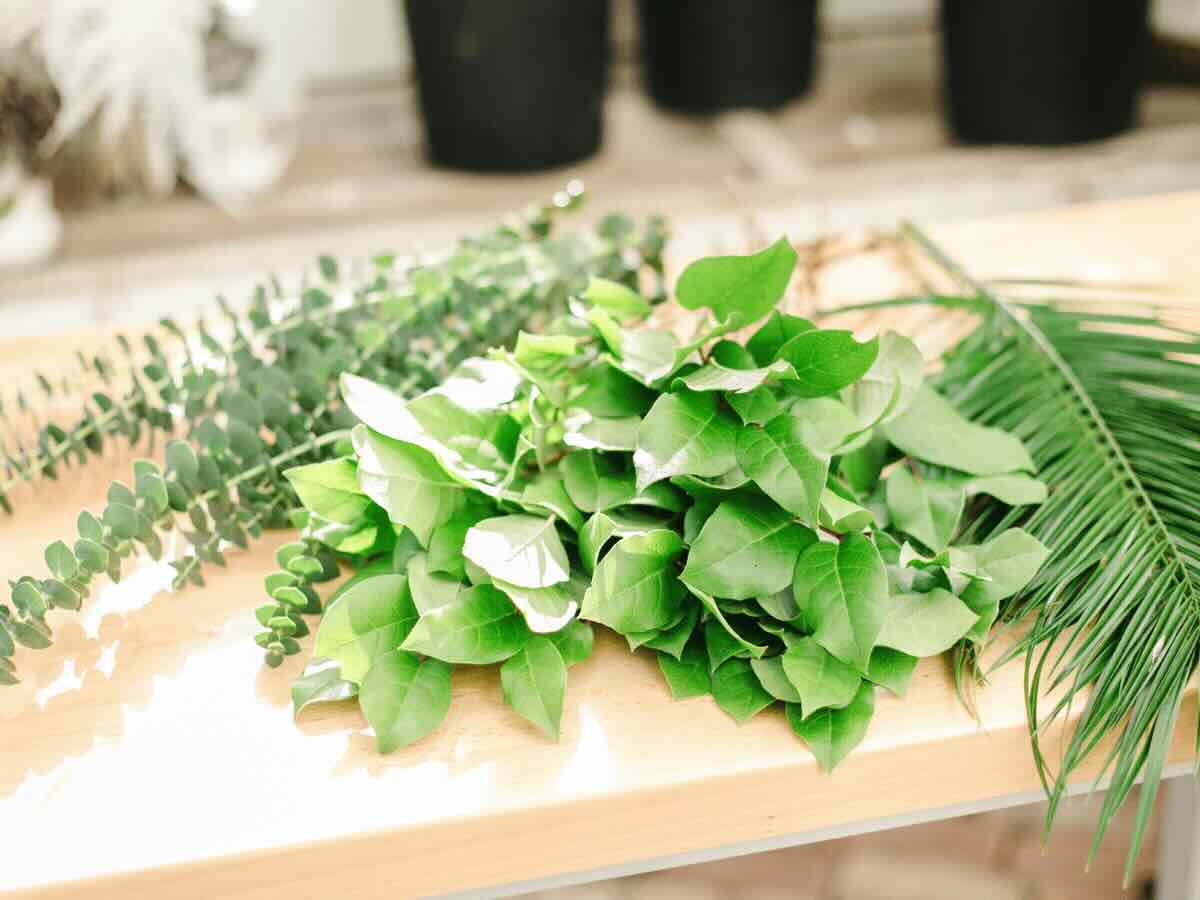

Garden Essentials
How To Keep Fresh Cut Greenery Alive For A Wedding
Modified: March 7, 2024
Discover the secrets to keeping fresh cut greenery alive for your wedding garden. Learn proven tips and tricks to ensure your botanical arrangements stay vibrant and beautiful throughout your special day.
(Many of the links in this article redirect to a specific reviewed product. Your purchase of these products through affiliate links helps to generate commission for Storables.com, at no extra cost. Learn more)
Introduction
Planning a wedding involves many intricate details, and one of the most important elements is the floral decor. While flowers often take center stage, incorporating fresh cut greenery can add a natural and elegant touch to your wedding ambiance. Whether it’s lush foliage cascading down a staircase or delicate vines accenting table centerpieces, using fresh cut greenery can transform any venue into a captivating space.
However, keeping fresh cut greenery alive and vibrant can be a challenge, especially in the context of a wedding where timing is crucial. Fortunately, with the right knowledge and preparation, you can ensure that your greenery stays fresh for the duration of your special day.
In this guide, we will explore everything you need to know about keeping fresh cut greenery alive for a wedding. From selecting the right greenery to proper hydration and storage techniques, we will cover all the essential steps to help you achieve stunning and long-lasting floral arrangements.
So, let’s dive in and learn the secrets to keeping your fresh cut greenery vibrant and beautiful throughout your wedding celebration!
Key Takeaways:
- Choose fresh cut greenery that complements your wedding theme, is vibrant and durable, and consider seasonal availability for the best quality.
- Properly prepare, hydrate, store, handle, and arrange your fresh cut greenery to ensure it stays vibrant and beautiful throughout your wedding day.
Read more: How To Put Fresh Greenery On A Wedding Cake
Choosing Fresh Cut Greenery
When it comes to selecting fresh cut greenery for your wedding, there are several factors to consider. Not only do you want the greenery to complement your overall floral arrangement, but you also need to ensure that it is fresh and in good condition. Here are some tips to help you choose the best fresh cut greenery for your wedding:
- Consider Your Theme: Take into account the overall theme and style of your wedding. Are you going for a rustic, bohemian vibe or a classic and elegant look? Different types of greenery can evoke different moods, so choose ones that align with your desired aesthetic.
- Assess Freshness: Look for greenery that appears vibrant, with strong, healthy leaves and stems. Avoid any greenery that shows signs of wilting, yellowing, or browning. Freshness is key to ensuring that the greenery will last throughout your wedding day.
- Consider Durability: Think about the longevity of the greenery. Some types, like eucalyptus or evergreen branches, have a longer shelf life than others. Choosing durable greenery will ensure that it stays fresh and beautiful throughout the duration of your wedding celebrations.
- Visual Appeal: Consider the texture, color, and shape of the greenery. Look for a variety of leaves and textures that will add depth and visual interest to your arrangements. Mix different types of greenery to create a dynamic and visually appealing look.
- Seasonal Availability: Take into account the season in which your wedding is taking place. Some greenery may be more readily available or fresher during certain times of the year. Consult with your florist or local garden center to determine which types of greenery are in season and will be of the highest quality.
By considering these factors when choosing fresh cut greenery, you can ensure that your selections will enhance the overall look and feel of your wedding decor while also remaining fresh and vibrant.
Preparing the Greenery
Once you’ve chosen the perfect fresh cut greenery for your wedding, it’s important to properly prepare it before incorporating it into your arrangements. This will help maximize its freshness and longevity. Follow these steps to ensure that your greenery is well-prepared:
- Clean the Stems: Remove any excess foliage or thorns from the stems of your greenery. This will help prevent any bacteria or decay from affecting the water absorption and overall health of the greenery.
- Trim the Ends: Before placing the greenery in water, trim about half an inch from the bottom of each stem at a 45-degree angle. This will create a fresh cut, allowing the greenery to better absorb water and nutrients.
- Remove Lower Leaves: Remove any leaves that would be submerged in the water once the greenery is placed in a vase or container. This will prevent the leaves from decaying and causing bacterial growth in the water.
- Mist with Water: Lightly mist the greenery with water to provide additional hydration and keep it looking fresh and vibrant. Avoid using excessive amounts of water, as this can lead to wilting or rotting.
- Use Floral Preservative: Consider using a floral preservative in the water to help extend the life of your fresh cut greenery. Floral preservatives contain nutrients and antimicrobial agents that can help keep the water clean and prolong the freshness of the greenery.
By taking the time to properly prepare your fresh cut greenery, you can optimize its longevity and ensure that it remains vibrant and beautiful throughout your wedding day.
Watering and Hydrating the Greenery
Proper hydration is crucial for keeping fresh cut greenery alive and looking its best. By following these guidelines for watering and hydrating your greenery, you can help them stay fresh and vibrant throughout your wedding day:
- Check the Water Level: Regularly check the water level in the vases or containers holding your greenery. Make sure there is always enough water to cover the stems but avoid submerging any leaves.
- Change the Water: Every other day, change the water in the vases or containers to prevent bacterial growth and keep the greenery fresh. Before replacing the water, make sure to clean the vase or container to remove any residue or bacteria.
- Mist with Water: If you notice that the greenery is starting to look wilted or dry, lightly mist it with water using a spray bottle. This will provide additional hydration and help revive the greenery. Avoid misting excessively, as this can promote rotting.
- Avoid Direct Sunlight and Heat: Place your greenery arrangements away from direct sunlight and sources of heat, such as radiators or heating vents. These can cause the greenery to dry out more quickly. Opt for a cool and shaded location to help preserve their freshness.
- Monitor Humidity: Some types of greenery, like tropical foliage, thrive in humid environments. If you’re using such greenery, consider placing a humidifier nearby or misting the air around the arrangements to maintain the right level of humidity.
- Use Floral Foam: If you will be using fresh cut greenery in floral foam, make sure to fully saturate the foam in water before inserting the stems. Keep the floral foam hydrated by regularly adding water to the container and avoiding allowing it to dry out completely.
Remember, proper watering and hydration are key to keeping your fresh cut greenery looking its best and ensuring that it stays vibrant throughout your wedding festivities. Regular maintenance and attention to these details will go a long way in preserving the beauty of your greenery.
Storing the Greenery
Storing fresh cut greenery properly is essential to maintain its freshness and quality leading up to your wedding day. Here are some guidelines to ensure that your greenery remains in optimal condition:
- Keep in a Cool Environment: Store your greenery in a cool area, away from direct sunlight and sources of heat. Excessive heat can cause wilting and premature drying of the leaves.
- Use a Refrigerator: If you have access to a large refrigerator, you can place the greenery in it to keep it fresh. Make sure the temperature is set between 35-45°F (1-7°C) and avoid storing it near fruits or vegetables, as they release ethylene gas, which can accelerate the wilting process.
- Wrap Stems in Damp Paper Towels: To maintain moisture, wrap the stems of the greenery in damp paper towels before placing them in a plastic bag. This will help hydrate the leaves and keep them from drying out.
- Don’t Store with Fruits or Vegetables: As mentioned earlier, ethylene gas released by fruits and vegetables can cause greenery to wilt quickly. Keep your greenery stored separately from any produce items in your refrigerator or storage area.
- Check and Refresh: Regularly check on your stored greenery and refresh the damp paper towels if they dry out. This will help maintain adequate moisture levels and prevent the leaves from becoming brittle or wilting prematurely.
- Avoid Long-Term Storage: Try to avoid storing your greenery for an extended period. It’s best to acquire the greenery as close to your wedding date as possible to ensure its freshness. If you must store it for more than a day or two, follow the above guidelines and check on it regularly.
By following these storage tips, you can keep your fresh cut greenery in prime condition until it’s time to use it for your wedding arrangements.
To keep fresh cut greenery alive for a wedding, make sure to trim the stems at an angle and place them in water with floral preservative. Keep them in a cool, humid environment until the big day.
Read more: How To Keep Grass Alive
Handling and Transporting the Greenery
Proper handling and transportation of fresh cut greenery are vital to maintain its freshness and integrity. Whether you’re gathering greenery from a garden or transporting it from a florist, follow these guidelines to ensure that it remains in optimal condition:
- Handle with Care: When handling the greenery, be gentle to avoid causing any damage to the leaves or stems. Rough handling can lead to bruising, wilting, or breakage, which can affect the overall appearance of the greenery.
- Use Protective Coverings: If you’re transporting the greenery in a vehicle, use protective coverings like plastic sheets or newspaper to prevent the leaves from rubbing against each other, which can cause bruising or breakage. This will help maintain the greenery’s appearance and structure.
- Place in Water-Filled Containers: If you’re transporting the greenery for an extended period, place the stems in water-filled containers to keep them hydrated and prevent wilting. Use buckets or vases that are tall enough to support the length of the stems.
- Secure in a Cool Location: During transportation, ensure that the greenery is kept in a cool and shaded area. Avoid leaving it in direct sunlight or warm surroundings, as this can accelerate wilting and drying out.
- Minimize Travel Time: Try to minimize the travel time between picking up the greenery or receiving it and reaching your destination. The shorter the duration of transportation, the better chances of the greenery staying fresh and vibrant.
- Inspect Upon Arrival: Once you reach your venue or desired location, inspect the greenery for any damage or wilted leaves. Remove any damaged or wilted foliage to maintain the overall appearance and ensure that only healthy greenery is used in your arrangements.
By employing these handling and transportation guidelines, you can ensure that your fresh cut greenery arrives at its destination in pristine condition, ready to be utilized in your beautiful wedding decor.
Arranging the Greenery
Arranging fresh cut greenery is where your creativity comes to life. Follow these tips to create stunning, eye-catching displays with your greenery:
- Start with a Base: Begin by creating a base for your arrangement using larger, more structured greenery. This will provide a framework for the rest of your design.
- Create Layers: Add layers of different types of greenery to add depth and texture to your arrangement. Mix various shapes, sizes, and colors to create visual interest and contrast.
- Consider Proportions: Be mindful of the proportions and scale of your arrangement. Make sure it complements the intended space and centerpiece. Avoid overwhelming the area or making the arrangement appear too sparse.
- Combine with Flowers: Incorporate flowers into your greenery arrangements to add pops of color and further enhance the overall aesthetic. Choose blooms that complement the greenery and align with your wedding theme or color palette.
- Experiment with Vases and Containers: Get creative with the vessels you use for your arrangements. Consider using various vases, jars, or even unique containers like vintage tea tins or wooden crates to add a personalized touch to your greenery display.
- Create Focal Points: Introduce focal points in your arrangement by selecting one or two special pieces or larger blooms to draw attention. These focal points can create a focal point that guides the viewer’s eye and adds drama to the overall arrangement.
- Balance the Design: Aim for a balanced composition by distributing the visual weight evenly. Avoid clustering all the greenery or flowers in one area. Instead, distribute them strategically throughout the arrangement.
- Regularly Mist and Refresh: Once your greenery is arranged, lightly mist it with water using a spray bottle to keep it hydrated and looking fresh. Refresh any wilted or dry leaves by removing them and replacing them with fresh greenery.
- Get Professional Help: If you’re unsure about arranging greenery yourself, consult a professional florist for guidance. They can provide expert advice on creating stunning and cohesive arrangements that align with your vision.
Remember, arranging greenery is an opportunity to showcase your creativity and artistic flair. Have fun with the process and let your personality shine through in your arrangements.
Final Tips for Keeping Fresh Cut Greenery Alive
To ensure that your fresh cut greenery stays alive and vibrant for your wedding, consider these additional tips:
- Maintain Proper Room Temperature: Keep your greenery in a room with a temperature range of 60-72°F (15-22°C). Extreme temperatures can cause the leaves to wilt or dry out prematurely.
- Avoid Drafty Areas: Place your greenery away from drafty areas, such as open windows or doors. Strong drafts can cause the leaves to lose moisture quickly, leading to wilting.
- Enhance Humidity: If your venue has low humidity, consider placing a humidifier or misting the air regularly to maintain the right moisture levels for your greenery.
- Remove Wilted Greenery: Regularly inspect your arrangements for any wilted or decaying greenery. Remove these stems promptly to prevent the spread of bacteria and maintain the overall freshness of the display.
- Keep Away from Ripening Fruits: Ripening fruits release ethylene gas, which speeds up the aging process of flowers and greenery. Keep your greenery away from areas where fruits are ripening to prevent premature wilting.
- Avoid Overcrowding: Ensure that your greenery arrangements have enough space for air circulation. Overcrowding can lead to increased humidity and the development of mold or bacteria.
- Monitor Water Levels: Regularly check the water levels in your vases or containers to ensure that the stems are always submerged. Add fresh water when needed to prevent dehydration.
- Keep Out of Reach of Pets: Some types of greenery can be toxic to pets if ingested. Make sure to keep your arrangements in a location where pets cannot access them.
- Consult with Your Florist: If you have any concerns or questions about caring for your specific type of greenery, consult with your florist. They have extensive knowledge and experience and can provide personalized advice tailored to your greenery selection.
By following these final tips, you can maximize the longevity and vibrancy of your fresh cut greenery, ensuring a beautiful and captivating display throughout your wedding day.
Conclusion
Creating a visually stunning wedding ambiance with fresh cut greenery is a beautiful way to add a touch of nature to your special day. By carefully choosing, preparing, and caring for your greenery, you can ensure that it remains fresh and vibrant throughout your wedding celebrations.
Remember to choose the right greenery that aligns with your wedding theme and season. Consider its freshness, durability, and visual appeal when making your selections. Preparing the greenery by cleaning the stems, trimming the ends, and removing lower leaves will help maintain their health and water absorption.
Proper hydration is key to keeping your greenery alive and vibrant. Regularly check the water level, change the water every other day, mist the greenery, and consider using a floral preservative. Storing the greenery in a cool environment, wrapping the stems in damp paper towels, and avoiding contact with fruits or vegetables will help maintain their freshness.
When handling and transporting the greenery, be gentle to avoid damage, use protective coverings, and ensure they are kept in a cool location. Arranging the greenery creatively by creating layers, considering proportions, and incorporating focal points will add depth and beauty to your displays.
Remember to follow the additional tips such as maintaining room temperature, avoiding drafty areas, removing wilted greenery, and keeping the arrangements away from ripening fruits. Regularly monitoring water levels and consulting with your florist for personalized advice will help ensure the longevity of your greenery.
By incorporating these practices into your wedding planning, you can enjoy the freshness and beauty of your fresh cut greenery throughout your special day. Let the natural elegance of the greenery enhance your wedding decor and create a memorable atmosphere for you and your guests.
Frequently Asked Questions about How To Keep Fresh Cut Greenery Alive For A Wedding
Was this page helpful?
At Storables.com, we guarantee accurate and reliable information. Our content, validated by Expert Board Contributors, is crafted following stringent Editorial Policies. We're committed to providing you with well-researched, expert-backed insights for all your informational needs.
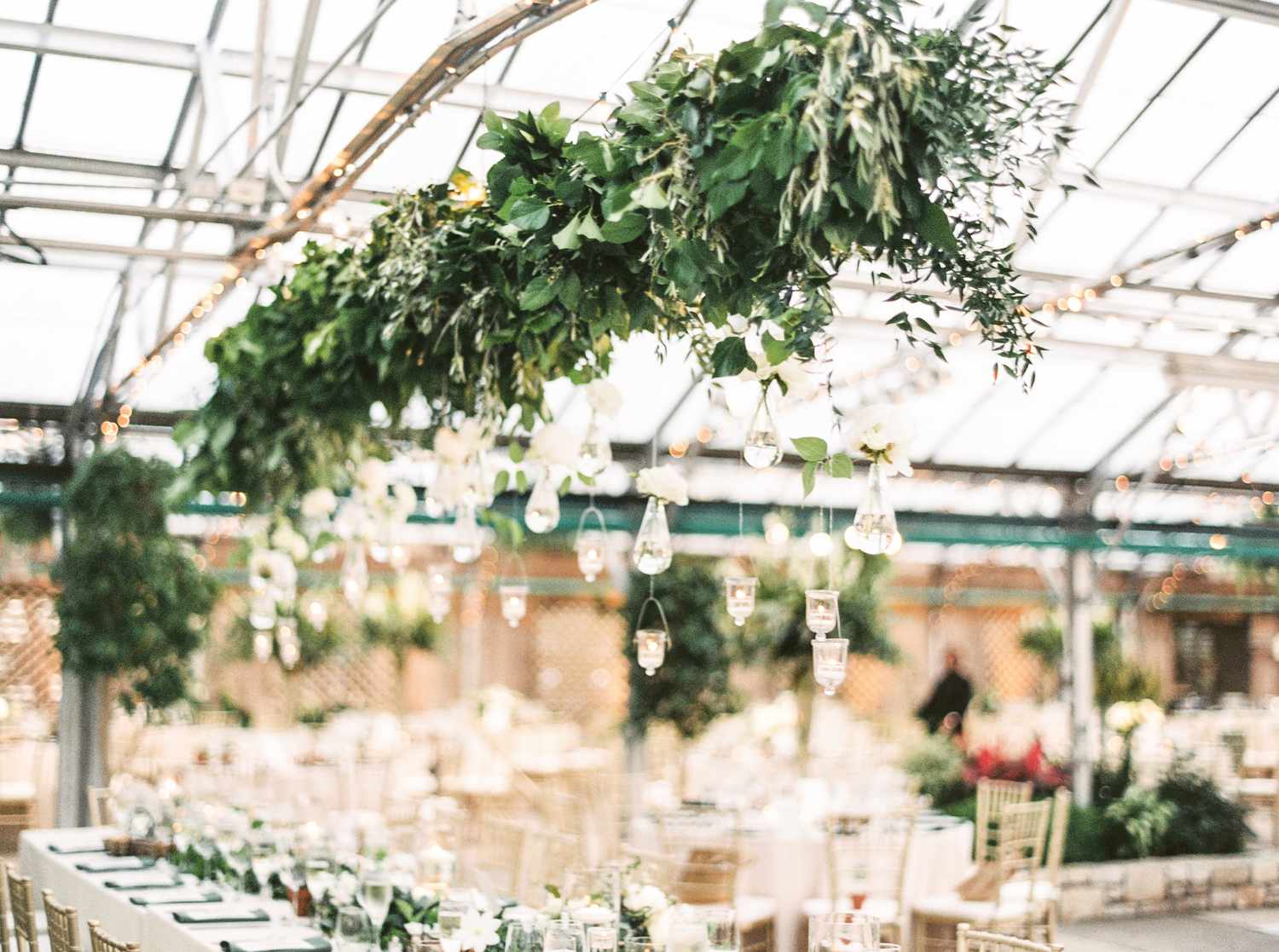



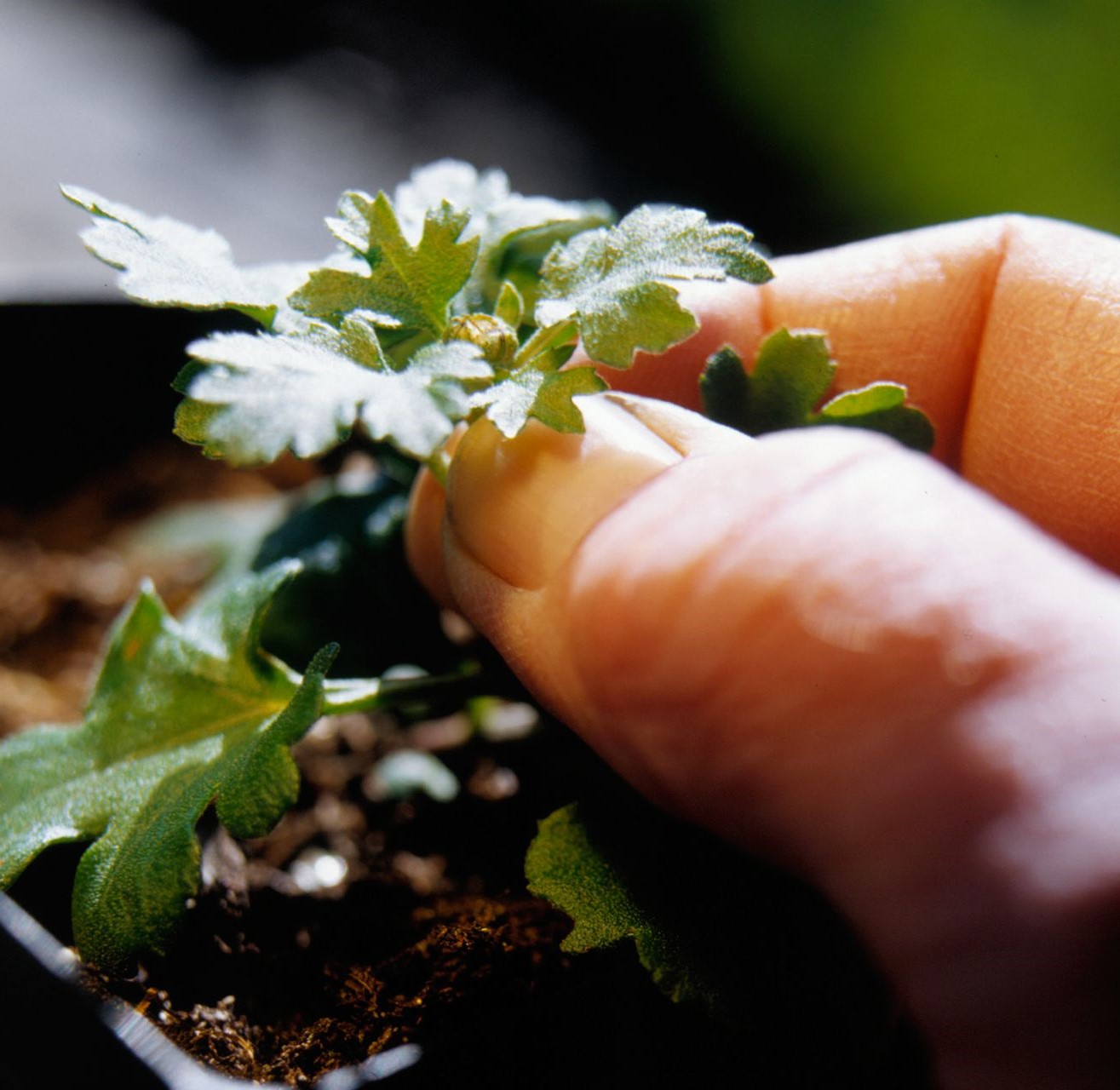

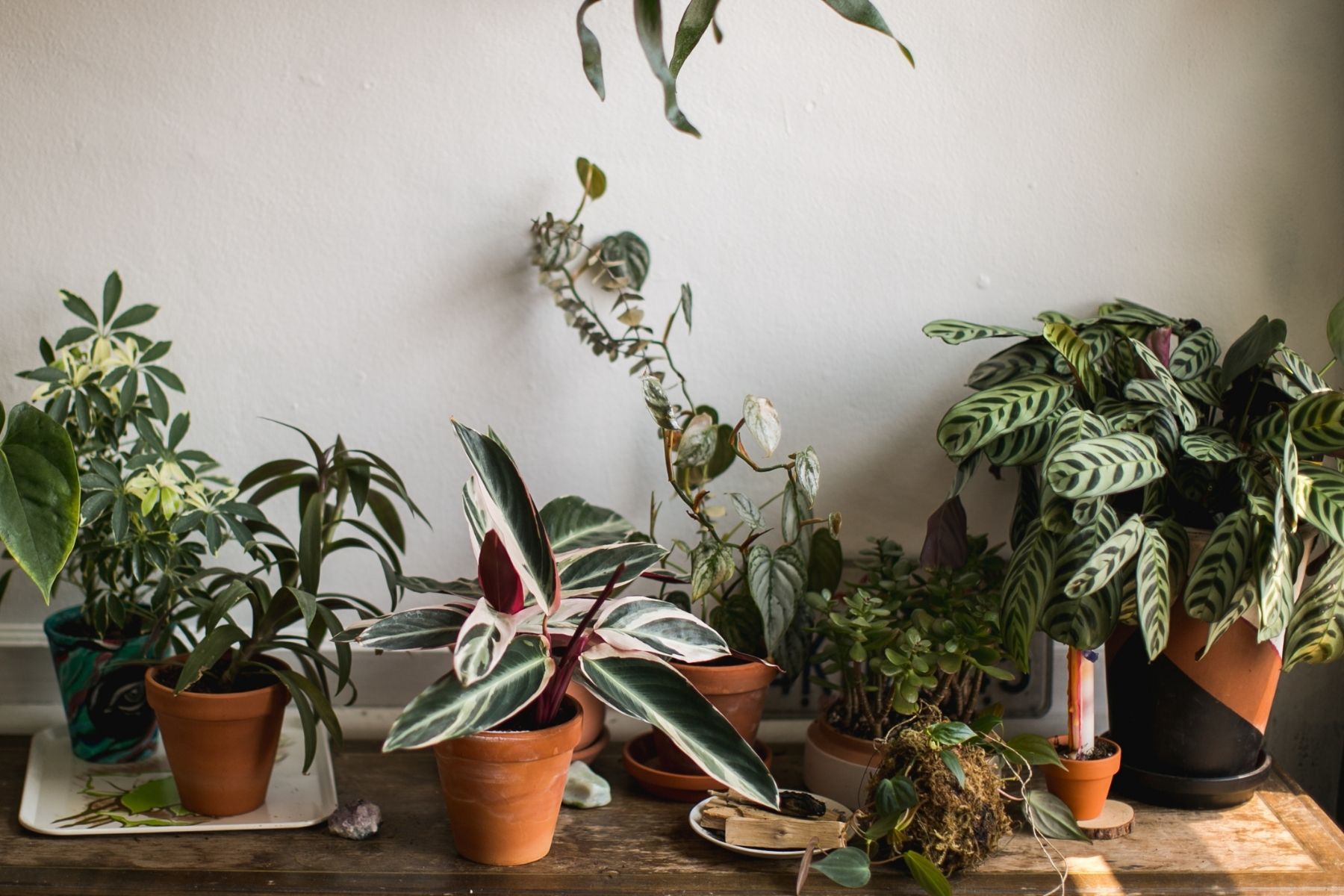

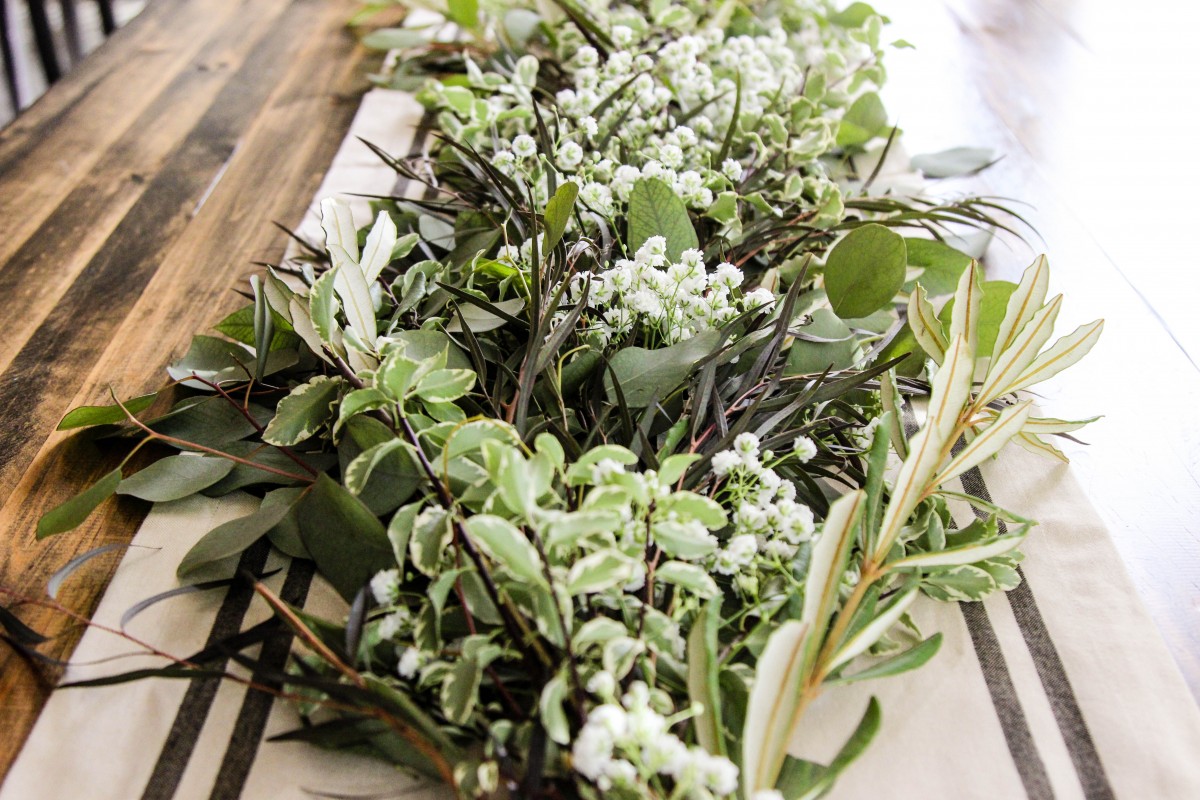

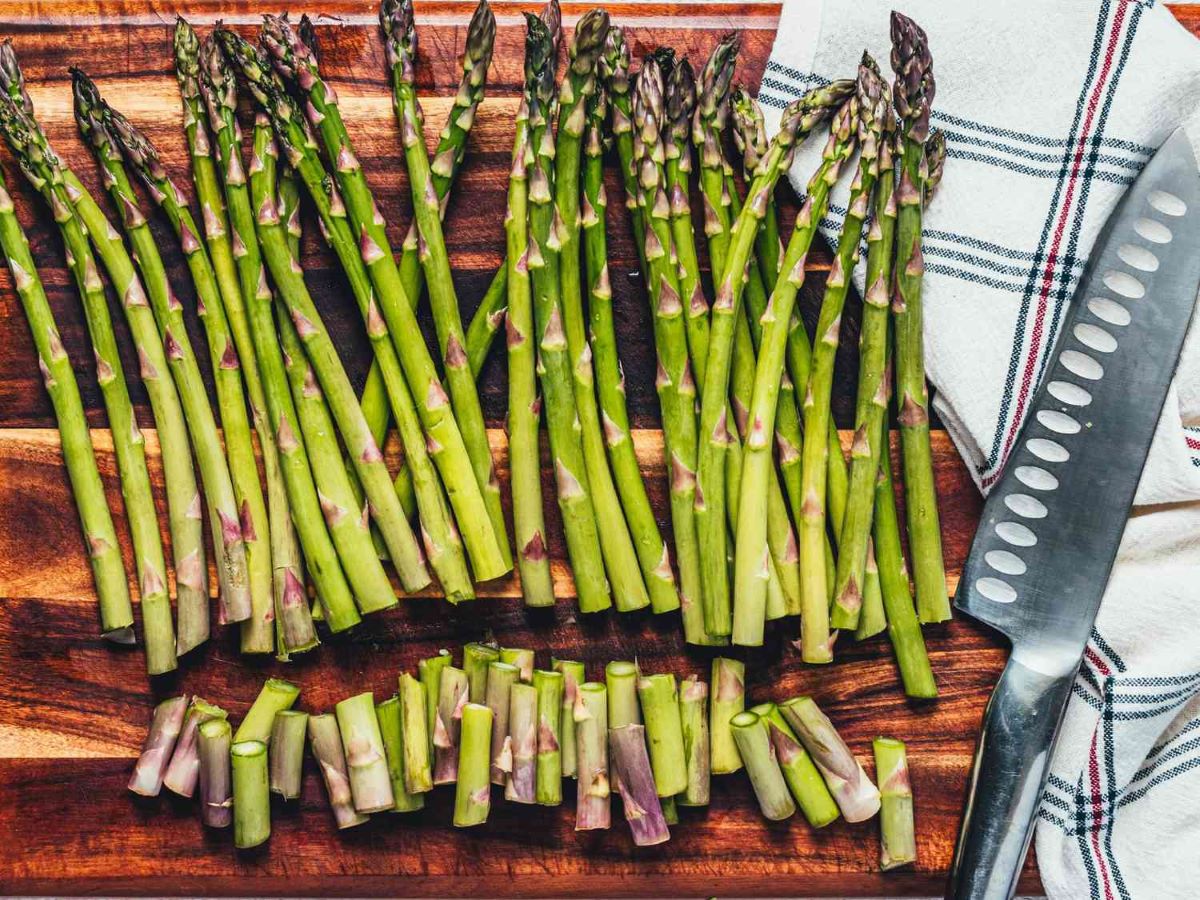
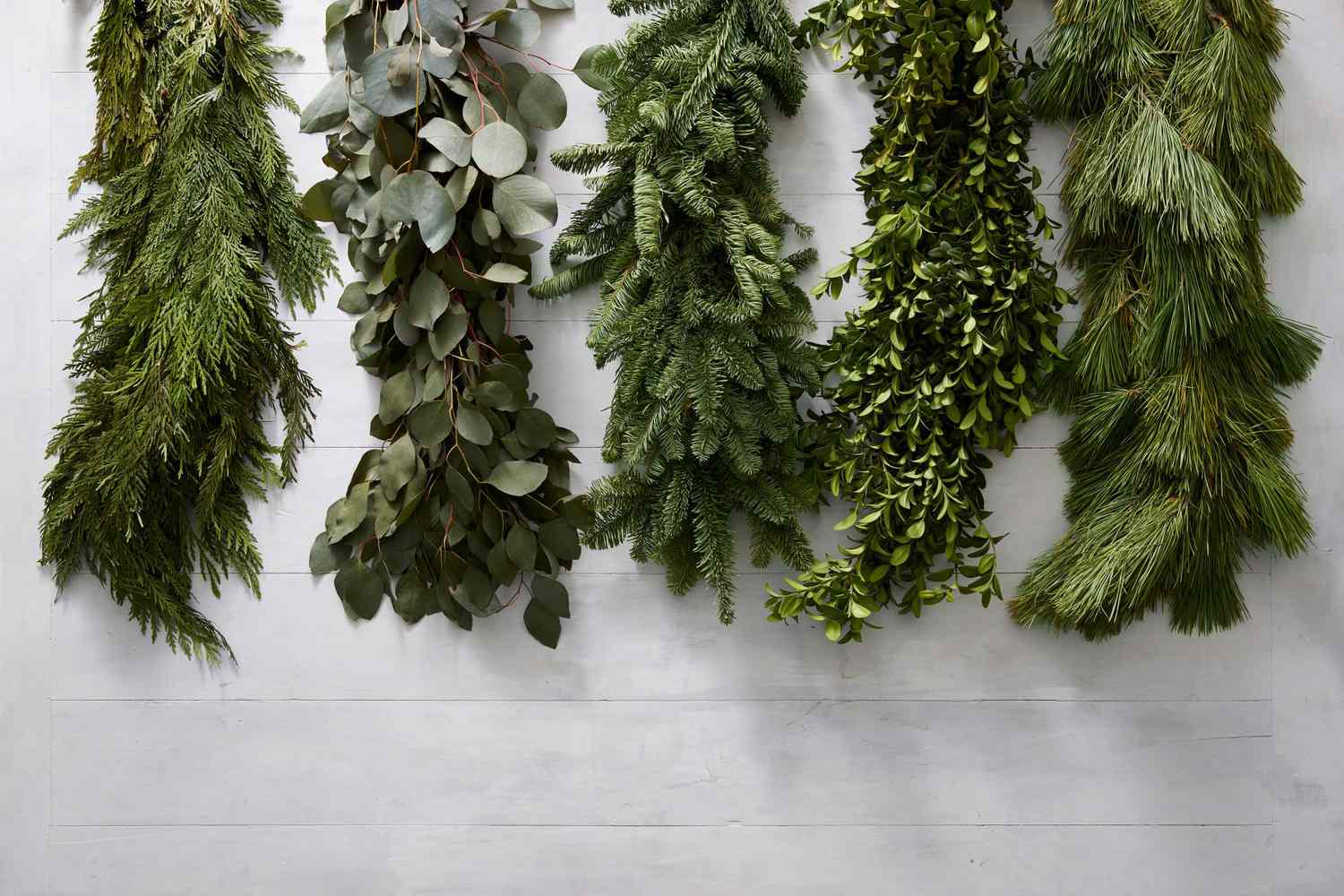
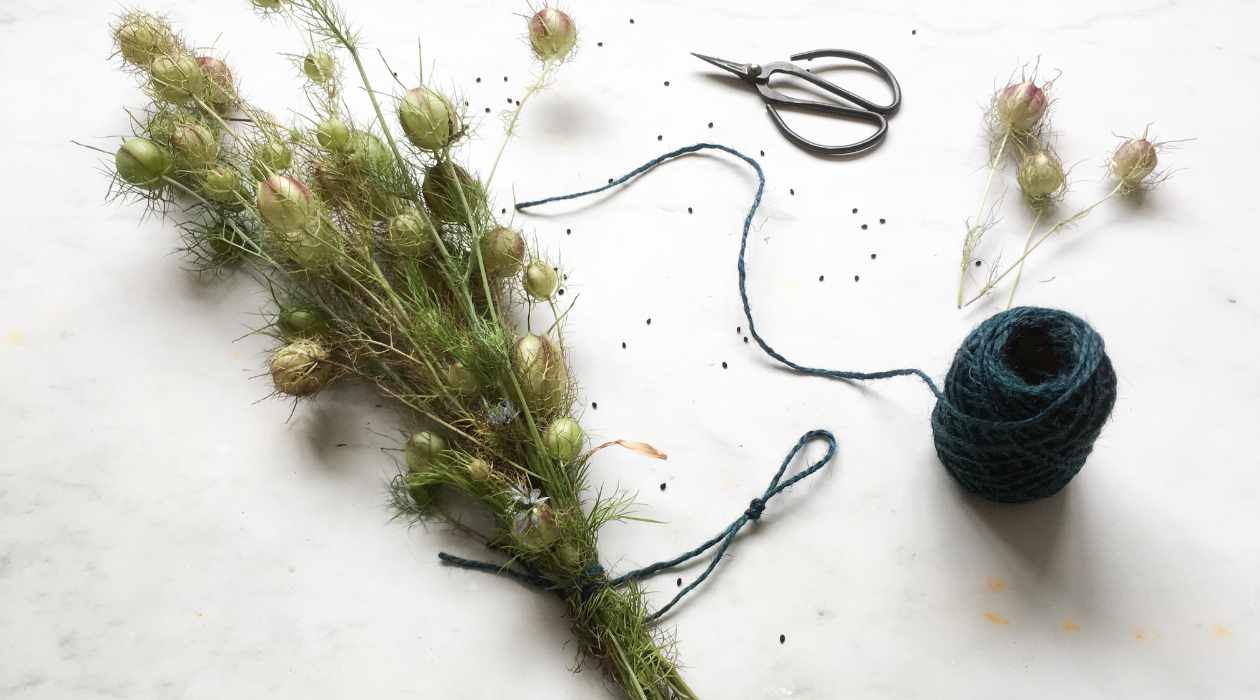


0 thoughts on “How To Keep Fresh Cut Greenery Alive For A Wedding”